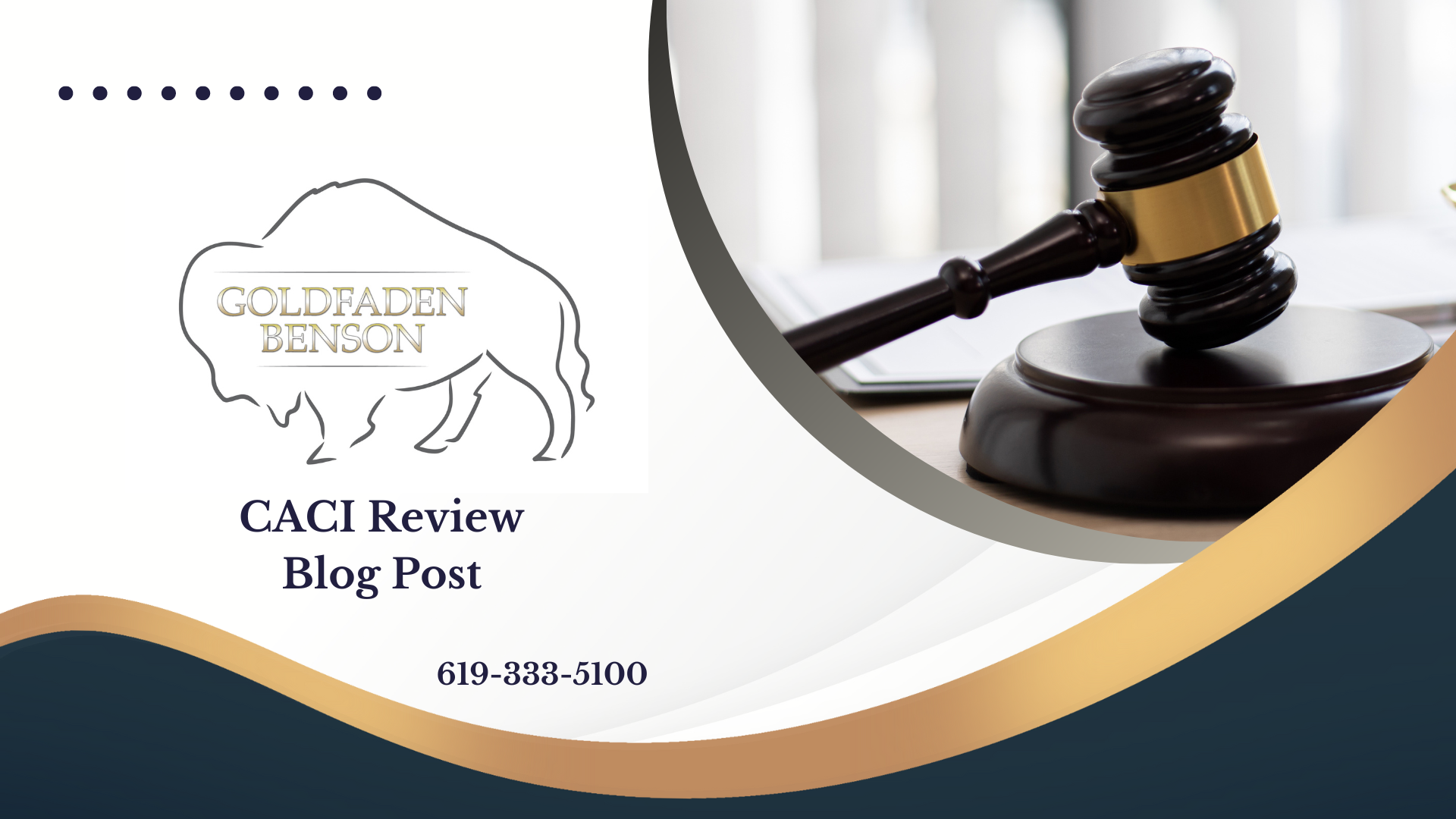Understanding Negligence in California Personal Injury Law
If you've ever considered how negligence works in California, you've likely wondered what must be proven to succeed in a personal injury case. Negligence, which is the foundation of many personal injury claims, involves the failure to exercise reasonable care, leading to harm. In this blog post, we'll break down what a plaintiff must demonstrate to prevail in a negligence claim following California law.
What is Negligence?
Negligence occurs when someone acts carelessly and causes harm to someone else. Imagine a driver texting while driving and causing an accident; that driver could be deemed negligent. In legal terms, negligence involves four key elements:
1. **Duty of Care**: The defendant owed a legal duty to the plaintiff.
2. **Breach of Duty**: The defendant breached that duty by acting (or failing to act) in a certain way.
3. **Causation**: The defendant's actions caused the plaintiff's injury.
4. **Damages**: The plaintiff suffered damages as a result.
Proving Negligence
To successfully prove negligence in California, a plaintiff must establish all four of these elements, typically using evidence and witness testimony. Here’s a closer look:
- **Duty of Care**: This refers to the responsibility to act in a way that does not harm others. In many situations, California law recognizes that individuals and businesses owe a duty of care to the people around them. For instance, a store owner must ensure their premises are safe for customers.
- **Breach of Duty**: If the defendant failed to meet the required standard of care—think of a store failing to clean up a spill that causes a customer to slip—they are in breach of their duty. Each case will hinge on whether the actions taken (or not taken) were appropriate given the circumstances.
- **Causation**: There are two levels of causation: actual and proximate. Actual causation, often referred to as "but-for" causation, means that the injury would not have occurred "but for" the defendant's negligence. Proximate causation considers whether the harm was a foreseeable result of the defendant's actions.
- **Damages**: The plaintiff’s injury must be quantifiable and prove that actual damages occurred. This could include medical bills, lost wages, and other expenses, as well as non-economic damages like pain and suffering.
Real-Life Application
Let’s illustrate this with a scenario: Suppose a pedestrian is struck by a car while crossing at a crosswalk. If the driver was speeding (breaching their duty of care), and showed a direct link between that action and the injury sustained by the pedestrian (causation), then there’s a basis for a negligence claim. The pedestrian can seek damages for medical expenses and emotional distress arising from the incident.
Relevance of Negligence per se
In some cases, violation of a statute can demonstrate negligence without needing to prove the typical elements. This is known as "negligence per se." For example, if a driver runs a red light and causes an accident, they can be presumed negligent because they violated traffic law intended to prevent accidents.
Navigating Your Personal Injury Claim
Understanding the nuances involved in proving negligence is critical for anyone considering a personal injury claim. Whether you’re navigating a car accident or a fall at a public venue, knowing your rights is essential. Remember, it’s vital not to navigate this complex legal landscape alone. If you believe you have a valid claim or if you're unsure of where to begin, we encourage you to **reach out to Goldfaden Benson** for guidance. We are here to help you every step of the way.
If you want to learn more about how negligence claims work in California or have specific questions regarding your situation, please **contact us at Goldfaden Benson** for expert advice and support. Navigating legal terminology might be overwhelming, but we can help simplify and clarify the entire process. Call us today!








